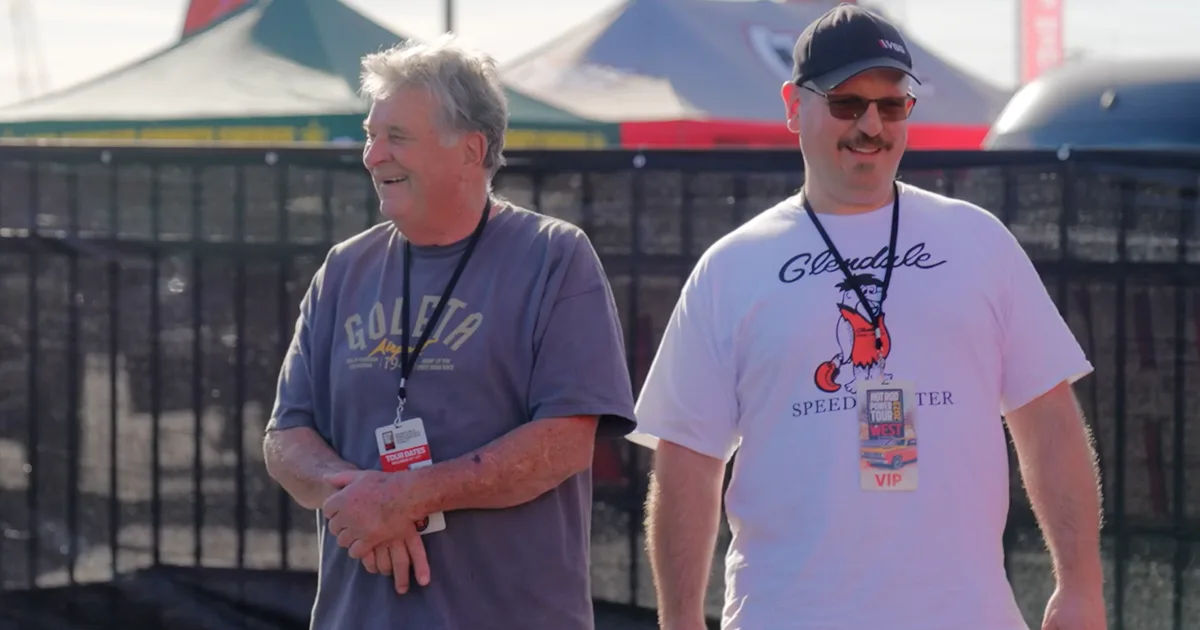This post was originally published in Adweek
The quick-service restaurant business is a sprawling, dynamic space, expected to grow to nearly $1.47 trillion by 2028 at a compound annual growth rate of 6%. It’s a highly competitive category, with more than 420 brands spending more than $3.3 billion combined in yearly advertising. In this environment, QSR brands need to innovate and offer new products and experiences to thrive continually.
As these brands scramble for the next celebrity partnership or limited-time offer, these short-changing steps often distract QSR marketers from building a marketing model that delivers short-term sales success while also building brand equity and differentiation that compounds to support long-term growth.
Based on over two decades of experience, I have codified a model to manage a QSR brand for sustained, ongoing business and brand growth—Anchors, Currents and Waves. It’s a practical blueprint for success, from developing a confident understanding of core brand appeal to designing strategies aimed at cultural relevance. The model is designed to deliver the often-mentioned, rarely realized “sales overnight, brand over time.”
Anchors: What is the brand known for?
The Anchor is ever-present and committed to. Everything the brand does should be tethered to the Anchor, no matter the menu updates, the new promos, the LTOs or the stunts.It’s not simply what the brand offers, but what makes it special and unique, often tied to the restaurant’s provenance, hero product, people or process. Burger King lets you “have it your way,” and it’s always flame-broiled; Arby’s will always have “The Meats,” and unique ones at that; Chipotle is committed to real ingredients with real in-store preparation.
Few QSR brands have true Anchors—most have lost theirs—and among the few that do, fewer commit to reinforcing their Anchors consistently over time. The best QSR brands blaze it on their restaurant, place it on their packaging and put some level of ongoing media spend behind it.
Currents: The steady reasons why consumers should visit, now
This is the bulk of a restaurant brand’s communication and media spend.On the surface, Currents appear to be the promos and LTOs—the “limited-time free delivery” or “Big Game sweepstakes” kind of thing—but any brand can offer those. The strongest Currents are ones that emanate from the brand’s Anchor: Burger King’s Million Dollar Whopper contest, for example, asks customers, “How will you top your Whopper?”, encouraging them to build an AI Whopper “your way.” It’s an LTO, and yet it also acts as a long-term brand deposit.
The strongest ripples of a brand’s Currents start from its Anchor and thus make the Anchor stronger.
Waves: Piercing the cultural conversation
Waves are occasional or opportunistic and often come in the form of “planned” earned impressions.Any brand, with the right amount of money, can work with a celebrity, partner with an influencer or pay to be part of an event like the Met Gala; these types of partnerships and stunts are quickly becoming one of the most used tropes of our industry. More often than not, it’s pure borrowed interest—it makes a Wave, yes, but the momentum of the Wave doesn’t necessarily propel the brand forward.
Again, the best Waves originate from the Anchor. Dunkin’ partnering with Ben Affleck is the perfect pairing, as they share the same Boston DNA. Of course, Chipotle would support the Young Farmers Coalition, the future makers of real food, by partnering with Kacey Musgraves to reimagine Coldplay’s “Fix You” for a short film. Arby’s launched a smoked bourbon with the same hickory they use to smoke their brisket and rib their Meats. Burger King used real images of its restaurants on fire and stamped the photos with “Flame Grilled Since 1954.”
All these Wave-making stunts emanate from the respective brand’s Anchor, and they propel the brand forward. They aren’t about borrowed interest; they’re about brand equity.
Anchors, Currents and Waves is a simple tool—it starts as a worksheet-driven exercise, and once committed to (particularly the Anchor), it manifests into a blueprint to guide a brand in all it does. It can be distilled to a single page to guide campaign development, content calendaring, even media allocations and budgeting. It can be used as a filter for judging ideas: Does this Current emanate from the Anchor? Is this Wave tethered to the Anchor?
The model ensures that the brand can create varied yet consistent content that reinforces the simple shorthand for why a QSR brand is special and, more importantly, why consumers should choose it—now and in the future.


